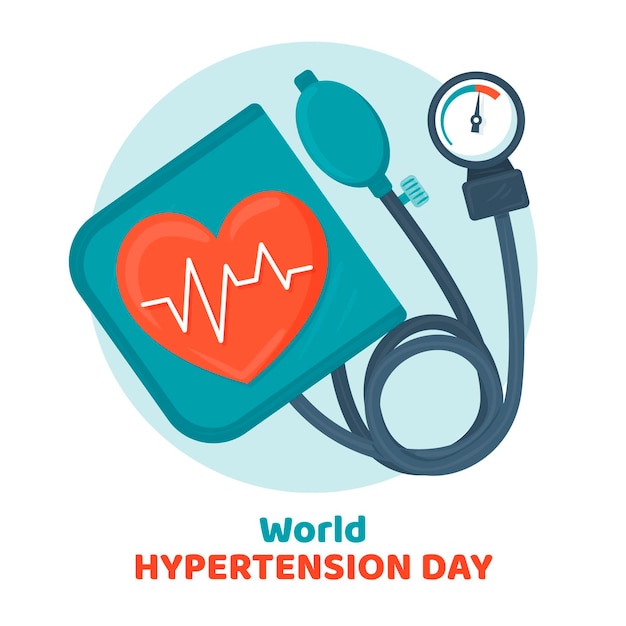Not easy to follow, yet the ketogenic diet is gaining more and more followers. If weight loss is on the agenda, reviews highlight harmful side effects, especially for the cardiovascular system.

Almost a century after being introduced as the therapy of last resort for children with epilepsy, the ketogenic diet is emerging as a quick way to lose weight. This diet is based on a daily intake of around 90% fat, 8% protein and 2% carbohydrate. It’s hard to know how many people are following it, but Google searches for the word “ketogenic” have increased eightfold in the past five years,
Hollywood stars like Halle Berry and Vanessa Hudgens have helped democratize the ketogenic diet. And the video-on-demand platform Netflix has released a film, The Magic Pill, to document people who use the diet to treat conditions like asthma, autism, diabetes, and cancer. Not surprisingly, the diet has also come under criticism, with some calling it “ridiculous” and potentially harmful. Besides, even the followers find it not easy to follow, and not suitable for everyone.
Break down fats
Because limiting the number of carbohydrates on your plate and adding a little fat is not enough. This regime is extremely strict. To achieve the ketogenic state, it is therefore necessary to follow it to the letter, and to eat very little carbohydrates, a lot of fat, and a lot of protein. This means keeping your carbohydrate intake around 20 grams per day, which is the equivalent of a small apple. In less than a week, blood sugar levels stabilize and insulin levels drop. Without carbohydrates, the liver breaks down fat and converts it into energy. It produces compounds called ketones that have several effects, including reducing hunger.
But the ketogenic diet comes with significant side effects. High fat intake can worsen heart health problems and weigh down the liver. People with liver problems should also avoid this diet. Nutritional ketosis can be accompanied by head pain, nausea, fatigue, and headaches for four to five days. Lack of fiber can cause constipation, and lack of vitamins, minerals and electrolytes can cause kidney stones. It will therefore be necessary to weigh the pros and cons on the scale, and consult your doctor, before starting.